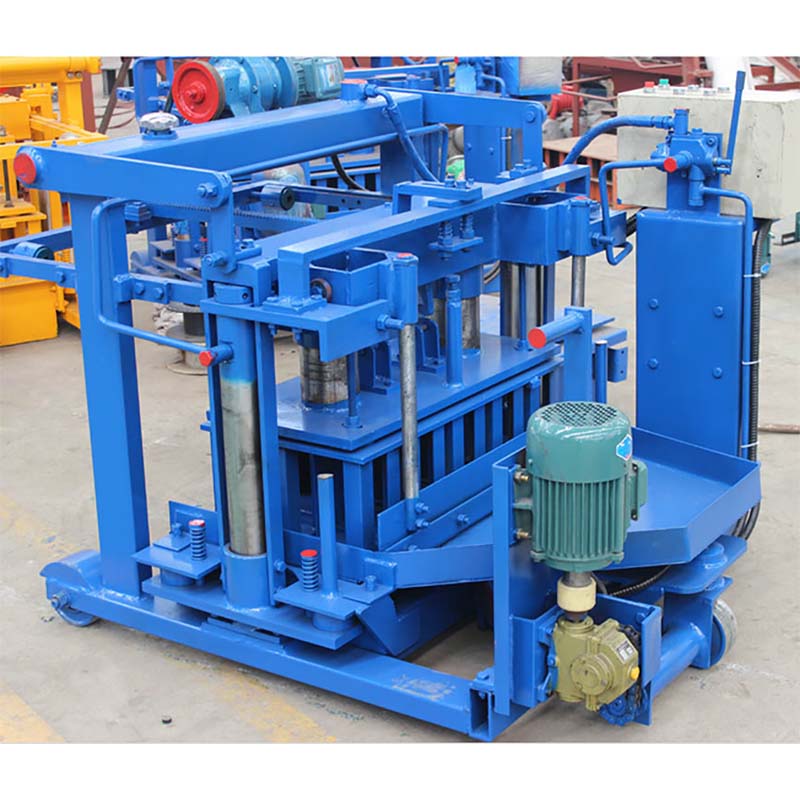
Title: Building the Future Responsibly: Energy Efficiency Measures in Semi-Automatic Clay Brick Production
Introduction
As sustainability takes center stage in the construction industry, energy efficiency in manufacturing processes becomes a critical consideration. Semi-automatic clay brick production, while retaining the timeless appeal of traditional bricks, can significantly benefit from adopting energy-efficient practices. This article explores key measures to enhance energy efficiency in semi-automatic clay brick manufacturing, contributing to both environmental conservation and operational cost savings.
1. Advanced Kiln Technologies
The firing process in clay brick production is energy-intensive, making it a focal point for efficiency improvements. Investing in advanced kiln technologies, such as tunnel kilns with improved insulation, allows for better heat retention. Efficient kiln designs enhance temperature control and minimize heat loss, reducing overall energy consumption during the firing phase.
2. Waste Heat Recovery Systems
Implementing waste heat recovery systems captures and reutilizes the heat generated during the firing process. By directing this recovered heat back into the production cycle, manufacturers can reduce the need for additional energy inputs. Integrating waste heat recovery not only improves energy efficiency but also contributes to a more sustainable and eco-friendly manufacturing process.
3. Energy-Efficient Drying Methods
Preceding the firing stage, the drying process is another energy-intensive aspect of clay brick production. Utilizing energy-efficient drying methods, such as utilizing solar or waste heat for initial drying stages, can significantly reduce energy consumption. Optimizing drying times and temperatures also contributes to efficiency gains while maintaining the quality of the bricks.
4. Adoption of LED Lighting and Automation
Beyond the core production processes, optimizing energy use in ancillary activities is equally important. Replacing traditional lighting with energy-efficient LED lighting in production facilities reduces electricity consumption. Furthermore, integrating automation in material handling and conveyor systems enhances operational efficiency, minimizing energy waste associated with manual processes.
5. Process Heat Integration
Process heat integration involves capturing and reusing heat generated in one part of the production process for use in another. For example, using excess heat from the kiln for material drying can significantly reduce the overall energy demand. This integrated approach ensures that heat generated at various stages is utilized efficiently, enhancing overall energy performance.
6. Continuous Monitoring and Energy Audits
Implementing continuous monitoring systems and regular energy audits provide insights into energy consumption patterns and identify areas for improvement. Real-time data on energy usage allows for proactive decision-making, helping manufacturers optimize processes and equipment for maximum efficiency. Periodic energy audits further ensure that energy-saving initiatives remain effective and aligned with sustainability goals.
7. Efficient Machinery and Equipment
Upgrading to energy-efficient machinery and equipment is a direct way to reduce energy consumption in semi-automatic clay brick production. Modern machines are designed with a focus on energy efficiency, utilizing advanced technologies to minimize energy waste during various production stages. Consideration should be given to the entire lifecycle energy efficiency of the equipment.
8. Employee Training on Energy Conservation Practices
Human behavior plays a role in energy efficiency. Training employees on energy conservation practices and promoting a culture of responsibility can contribute to reducing unnecessary energy use. Simple measures, such as turning off equipment when not in use, contribute to the overall energy efficiency of the manufacturing facility.
9. Renewable Energy Integration
Exploring the integration of renewable energy sources, such as solar or wind power, into the manufacturing process can further enhance the sustainability of semi-automatic clay brick production. While the initial investment may be significant, the long-term benefits of reduced reliance on conventional energy sources and lower operational costs make it a strategic move toward energy efficiency.
10. Government Incentives and Certification Programs
Taking advantage of government incentives and certification programs related to energy efficiency can provide financial support and recognition for sustainable practices. Many regions offer tax incentives, grants, or certification programs that encourage businesses to adopt energy-efficient technologies and practices.
Conclusion
Energy efficiency measures in semi-automatic clay brick production not only contribute to environmental sustainability but also positively impact the bottom line through reduced operational costs. By incorporating advanced technologies, waste heat recovery systems, and efficient drying methods, manufacturers can enhance their competitive position in the market while aligning with the global push for sustainable and responsible manufacturing practices. As the construction industry evolves towards greener standards, embracing energy efficiency becomes not just a choice but a crucial investment in the future of clay brick manufacturing.
